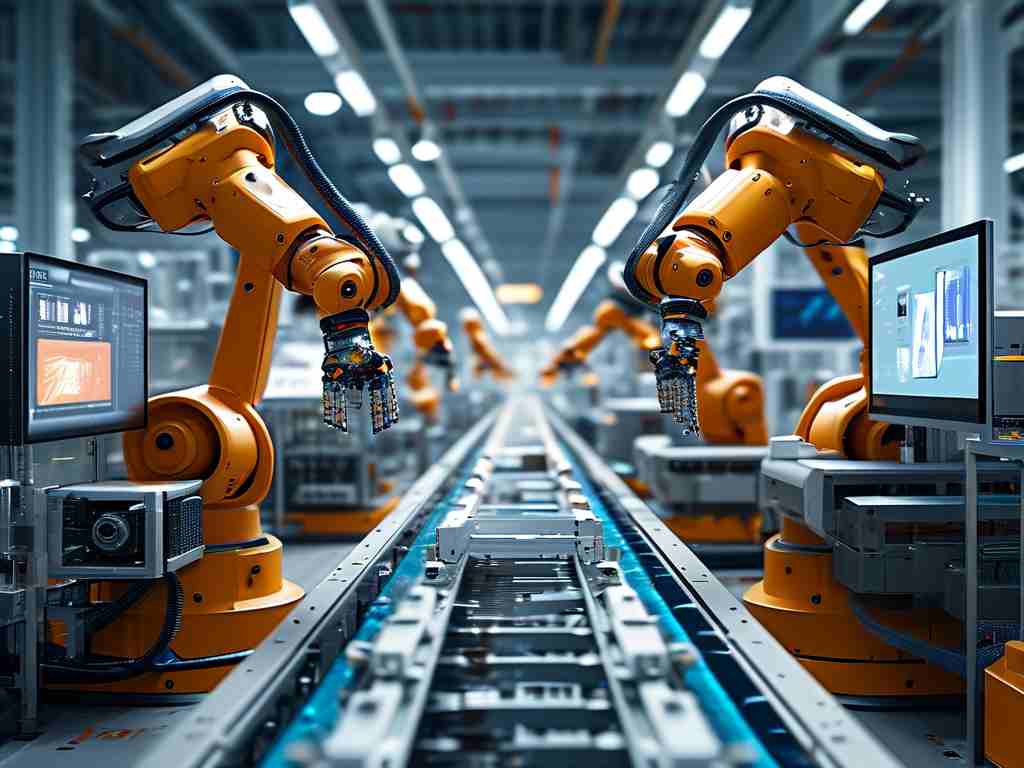In modern software development, the ability to deploy Java applications efficiently is critical for maintaining competitive agility. Automated deployment pipelines have emerged as a cornerstone of DevOps practices, enabling teams to reduce manual errors, accelerate delivery timelines, and ensure consistent releases. This article explores practical strategies for implementing Java automation deployment, supported by code examples and industry best practices.

Why Automate Java Deployment?
Manual deployment processes are prone to human error, especially in complex microservices architectures. A single misconfigured environment variable or missed dependency can cascade into production outages. Automation addresses these risks by standardizing workflows. For instance, continuous integration and delivery (CI/CD) pipelines automatically compile code, run tests, and deploy artifacts to target environments, ensuring repeatability.
Consider a typical Java web application built with Maven. Without automation, developers must manually execute mvn clean install, transfer the WAR file to a server, and restart Tomcat. Automated tools like Jenkins or GitLab CI eliminate these steps:
pipeline {
agent any
stages {
stage('Build') {
steps {
sh 'mvn clean package'
}
}
stage('Deploy to Staging') {
steps {
sh 'scp target/app.war user@staging:/opt/tomcat/webapps/'
sh 'ssh user@staging "systemctl restart tomcat"'
}
}
}
}
Key Tools for Java Automation
- Jenkins: The open-source automation server supports complex pipeline configurations through declarative or scripted syntax. Its plugin ecosystem integrates with Docker, Kubernetes, and cloud platforms.
- Gradle/Ansible: While Maven handles builds, Ansible automates server provisioning. Together, they create a cohesive deployment chain.
- Containerization: Docker and Kubernetes revolutionize deployment by packaging applications with dependencies. A Dockerfile for a Spring Boot app might look like:
FROM openjdk:11-jre-slim COPY target/app.jar /app.jar ENTRYPOINT ["java","-jar","/app.jar"]
Implementing Zero-Downtime Deployments
Blue-green deployments and rolling updates minimize service disruption. Tools like Kubernetes excel here:
apiVersion: apps/v1
kind: Deployment
metadata:
name: java-app
spec:
strategy:
type: RollingUpdate
rollingUpdate:
maxSurge: 25%
maxUnavailable: 25%
template:
spec:
containers:
- name: app
image: my-registry/java-app:1.1.0
This configuration ensures new pods are created incrementally while old ones terminate gracefully.
Security Considerations
Automation introduces new attack surfaces. Secrets management tools like HashiCorp Vault or AWS Secrets Manager should encrypt credentials used in pipelines. Additionally, static code analysis (e.g., SonarQube) and dependency scanning (OWASP DC) must be integrated into CI stages to catch vulnerabilities early.
Monitoring and Rollback Strategies
Even robust pipelines can fail in production. Implement monitoring with Prometheus/Grafana and logging via ELK Stack. For rollbacks, versioned artifacts and infrastructure-as-code (IaC) templates enable quick reverts. A Jenkins rollback stage might use:
stage('Rollback if Unstable') {
when { expression { currentBuild.result == 'UNSTABLE' } }
steps {
sh 'kubectl rollout undo deployment/java-app'
}
}
Organizational Impact
Adopting automation requires cultural shifts. Development and operations teams must collaborate on pipeline design, while QA engineers transition from manual testers to pipeline architects. Metrics like lead time for changes and deployment frequency (as tracked in DORA reports) help measure success.
Java automation deployment isn't just about tools—it's a strategic enabler for business agility. By combining CI/CD pipelines with containerization and proactive monitoring, organizations can achieve faster, safer releases. As cloud-native architectures evolve, teams that master these practices will lead in delivering value through software.









